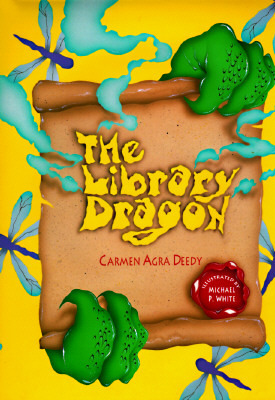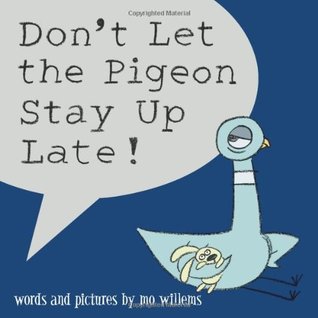This past week, October 1-7, was Power Up Week, a week where libraries across the state showcase innovation and dynamic leadership. I was excited to participate this year and showcase some of my programs this year on twitter. Powered Libraries even used one of my pictures and tweets in one of their daily highlights!
Advocacy Monday
I try my best to advocate for my library everyday! This year I sent out a smore showcasing everything that had happened in the library in the month of September.
This was sent to my administrators, as well as the teachers on campus. This helps them to see what is done with all the grade levels, not just what I do with their classes.
I also started the week with a collaboration project with the 5th grade teacher. They have been studying the US Regions, so she brought them in for a quick lesson on citing sources and using Google Drawings to create a poster and share with the group. Since they used Google, students were able to work on this at home together, using the comment section to collaborate.
 This year, I decided to participate with the second graders in the 2017 Global Read Aloud. We are reading books by Mem Fox and connecting with other classes around the world. This week, we read KOALA LOU by Mem Fox, then looked at Australia on a map to see how far away it is.
This year, I decided to participate with the second graders in the 2017 Global Read Aloud. We are reading books by Mem Fox and connecting with other classes around the world. This week, we read KOALA LOU by Mem Fox, then looked at Australia on a map to see how far away it is.
I also started the week with a collaboration project with the 5th grade teacher. They have been studying the US Regions, so she brought them in for a quick lesson on citing sources and using Google Drawings to create a poster and share with the group. Since they used Google, students were able to work on this at home together, using the comment section to collaborate.
Tinkering Tuesday
Tuesday was probably my favorite day of the week. Kindergarten was introduced to the MakerSpace materials, which I will pull out once a month for them. It was the quietest they have ever been in the library, they were so involved in their building.
Web Widget Wednesday
Wednesday was another collaborative project, this time with the 4th grade ELA teacher. We worked together to review the genres, and for Wednesdays lesson I created a Kahoot for the kids to play. Feel free to use this kahoot in your class/library to review types of genre.
The best part of collaborative teaching and my flexible schedule, is both myself and the teacher work together to ensure that the students understand. The teacher tells me the skill they want and the end product, and we plan together. I created the Kahoot and she went over the concept and did the checking for understanding.
Powerful Partnership Thursday
 This year, I decided to participate with the second graders in the 2017 Global Read Aloud. We are reading books by Mem Fox and connecting with other classes around the world. This week, we read KOALA LOU by Mem Fox, then looked at Australia on a map to see how far away it is.
This year, I decided to participate with the second graders in the 2017 Global Read Aloud. We are reading books by Mem Fox and connecting with other classes around the world. This week, we read KOALA LOU by Mem Fox, then looked at Australia on a map to see how far away it is.
We connected with other classes through a padlet created by Mrs. Ockey to connect with others. We added our favorite parts of the story, and answered some of the questions asked by other 2nd graders. We also looked at where the other students were from on the map compared to where we live.
The students thought it was fabulous that other kids their age around the world were reading the same book.
Another way we partnered up this year was with the author/storyteller, Mary Brooke Casad. Even though it took place on Friday, it still shows our partnerships with people in our community. Mary Brooke Casad is the author of the books Bluebonnet the Armadillo, and she lives not far from our city. She came to speak with our 4th graders this year about her stories and how she became a writer. Her message to the students is to "Keep reading and keep writing!"
It was a fabulous week, and I can't wait to see what our school will do next year for Powered Up Week!! If you did not participate this year, I highly encourage you to get out and advocate for your library and all you can do for your school!
























